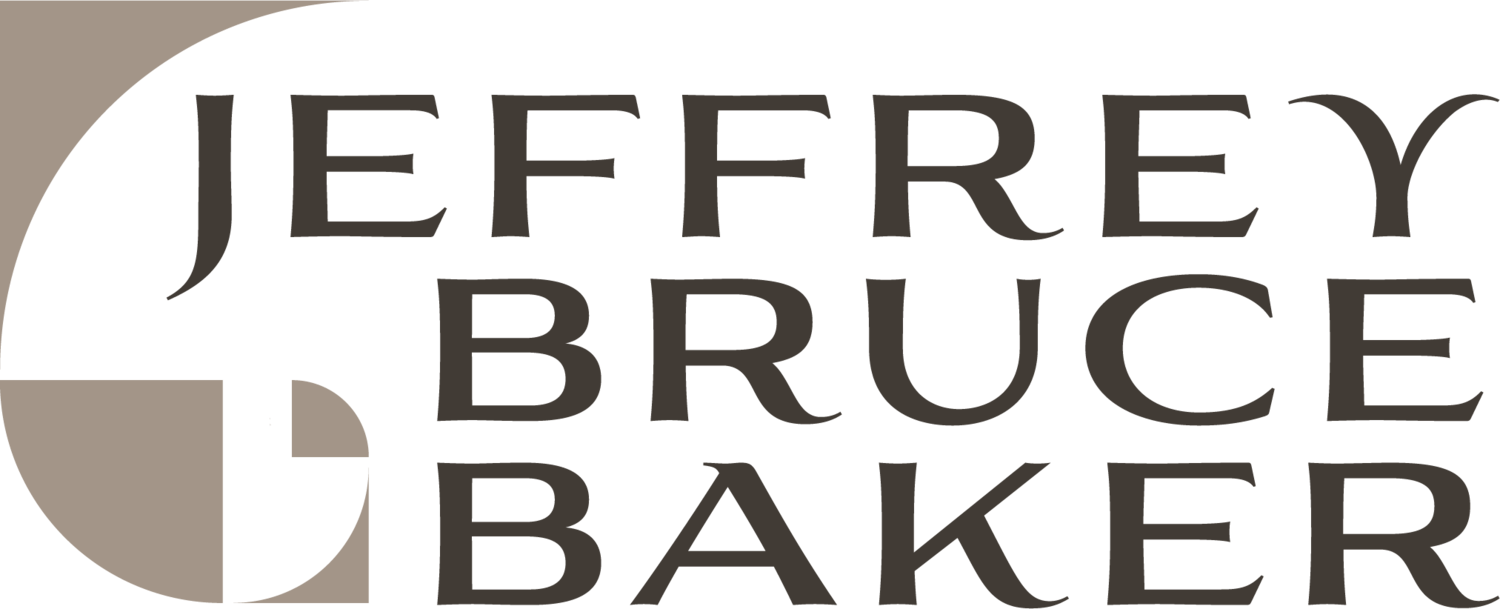Increased Density and Quality of Life.
Atlanta’s Unique Challenges
Atlanta currently has a density of 630 people per square mile and is the 9th largest city population in the US. For Atlanta to implement sustainable living tactics, while also improving the quality of living will be a unique and continual struggle not experienced in other urban areas. Atlanta’s geography resembles the characteristics of lower density suburban areas yet is considered to be a higher density urban area due to its estimated population of 5.2 million. In other words, Atlanta has a lot of people that demand a big city’s benefits and services for living in a big city, yet, Atlanta’s geography is sprawling, and these city benefits and services are in many cases, fragmented, sparse and not available to the city as a whole entity. Atlanta’s challenges are those of both low and high-density areas.
Lower density challenges are unsustainable rates of driving, higher carbon emissions, pollution, stormwater runoff, and adverse health impacts.
Atlanta’s higher density challenges are noise pollution, traffic, pedestrian congestion, high crime rates, water quality and loss of contact with nature.
We’ve argued that if we want Atlanta to continue to grow while sustaining the quality of life, we must continue to design with connectivity and keep walkable sustainability at the forefront of our design goals.
We’re not here to criticize the tactics Atlanta has put in place to create a more sustainable city environment and culture, however, given its low density and high-density traits, we’re not convinced that the typical additions of transit options, integrating more mixed-use buildings, adding bike lanes, and making driving and parking less attractive, are going to work. Atlanta is sprawling, and these tactics are currently very isolated and are not consistently connected across the city’s various neighborhoods.
Actions which may take us closer to a solution:
1. Without getting into politics, there needs to be a strategy in place to increase the diversity of the various neighborhoods within Atlanta. Some diverse mixed-use and affordable living and business development strategies could be helpful if appropriately integrated.
Design Thought: Keep neighborhood scale consistent to what it naturally is; meaning, if the homes are smaller, allow renovations and building of smaller homes. In many areas of the city, you’ll see small homes being torn down and very large new homes being built. By disrupting original neighborhood scale, we’re creating new precedence which prohibits diverse and affordable housing.
2. Plan for the longer-term needs and incorporate more public spaces that encourage interaction with nature. Dense areas should be planned in ways that connect us with nature and recreation.
Design Thought: Further develop public park access and activate underutilized parks by creating recreational activities.
3. Consolidation of transit systems in Atlanta and surrounding areas to facilitate ease of use and eliminate redundancies across multiple systems and brands. Consolidation may lower costs and promote growth in communities currently not easily accessible.
4. Create a sustainability campaign to promote clean water, air, public spaces, while enforcing current and new policies for violations that pollute and congest Atlanta’s water runoff systems — for example, enforcing proper erosion controls for sites being developed by not allowing the blowing of leaves and debris from landscapes into the streets and enforcing littering violations. These contribute to clogging our city’s water runoff systems and polluting the drinking water.
Design Thought: Creating more spaces to capture and hold runoff water in beautiful and creative ways could be an additional safeguard solution; e.g., water and bog gardens.
5. Traffic is a huge issue in Atlanta. Texting while driving, stopped cars within intersections, traffic lights that are not synchronized, parked cars and 18 wheelers parked in crucial traffic lanes, running red lights, and reckless driving are all obvious problems contributing to Atlanta’s traffic woes. We could go on and on as I am sure you could too. In short, enforcing the traffic laws aggressively and reprogramming lights to work together would be substantial wins, yet small steps to implement.
6. Overall, designing a city environment that increases the quality of life, connects people with people, and people with nature, are key success metrics to sustainable longer-term growth for our city. To ensure that quality of life isn’t compromised, we all need to work together to provide design and development decisions for both public and private initiatives.
Many of the ideas we are discussing are already being explored throughout the city: the expansion of Piedmont Park, renovation and expansion of Colony Square are just a few examples of exciting public change. We believe it’s an exciting time for Atlanta and we are proud to be a part of the evolution. We should all feel empowered and challenged to be active participants in discussing, advocating for, and positively developing Atlanta.


